The Horn of Africa is a region in East Africa that includes Somalia, Ethiopia, Eritrea, and Djibouti, named for the region’s resemblance to a rhino’s horn.
―
What is the Horn of Africa?
―
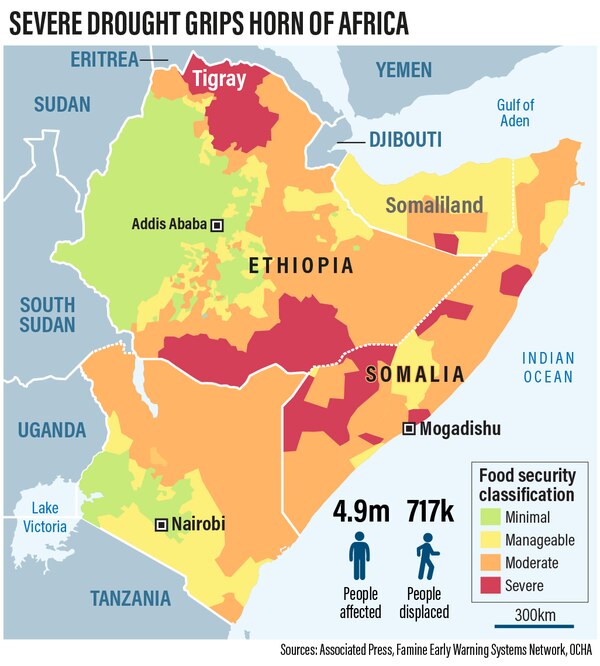
Millions at risk as parched Horn of Africa faces severest drought since 1981 (thenationalnews.com)
A. The Horn of Africa is a region in East Africa that includes Somalia, Ethiopia, Eritrea, and Djibouti, named for the region’s resemblance to a rhino’s horn.
More broadly, it encompasses 4 more countries, which are Sudan, South Sudan, Kenya, and Uganda.
The region is nine times the size of South Korea and has an estimated population of 80~100 million people. It has long been a strategic point of control over the Indian Ocean and Red Sea, and a focal point for East and West powers.
Today, people living in the Horn of Africa are faced with multiple crises, such as conflict, climate extremes, and economic shocks.
―
The worst drought in 40 years
―
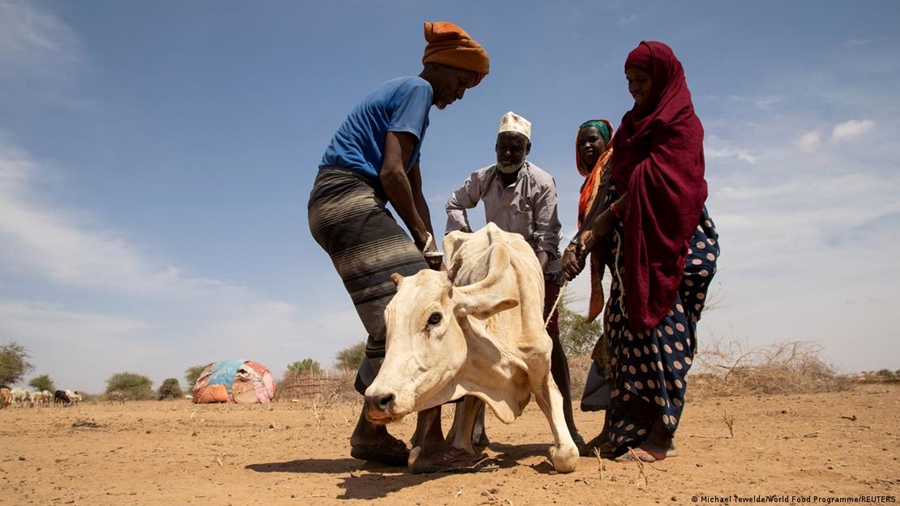
Source: Reuters
In the Adadle district of Biyolow Kebele, Ethiopia, a family tries to lift up a cow that has collapsed due to drought and starvation.
The cow is too fragile to stand on its own,
with its twig-like legs and emaciated skin revealing a prolonged period of starvation.
Countries in the Horn of Africa is experiencing the worst drought in 40 years. It has not rained during the rainy season for the last three years since 2020, leaving parched lands with no grain to harvest and millions of livestock dead.
The countries hardest hit by the drought are southern Ethiopia, Somalia, and eastern Kenya, where people have become refugees in search of food, water and pasture.
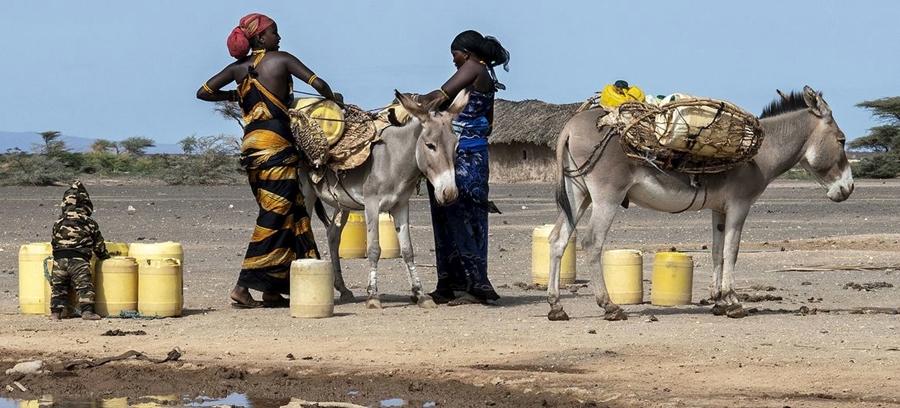
Source: UN World Food Programme
Women fetch water in the drought-stricken town of Marsabit in northern Kenya.
Why is this region experiencing a particularly severe drought?
Recently, the World Weather Attribution (WWA), a multinational climate research organization, released a report showing that climate change has exacerbated drought in eastern Africa.
The researchers analyzed that climate change has increased soil moisture evaporation, making drought 100 times more likely to occur. According to the report, the ongoing devastating drought would not have occurred at all without the impact of greenhouse gas emissions.
Based on an analysis of observational data and climate model computer simulations, including rainfall patterns in 2021 and 2022, the researchers found that the same temperatures and rainfall would not have led to drought in the pre-industrial 1800s, when temperatures were 1.2°C cooler than today.
Download report: Human-induced Climate Change Increased Drought Severity in Horn of Africa
―
Starving to Death
―
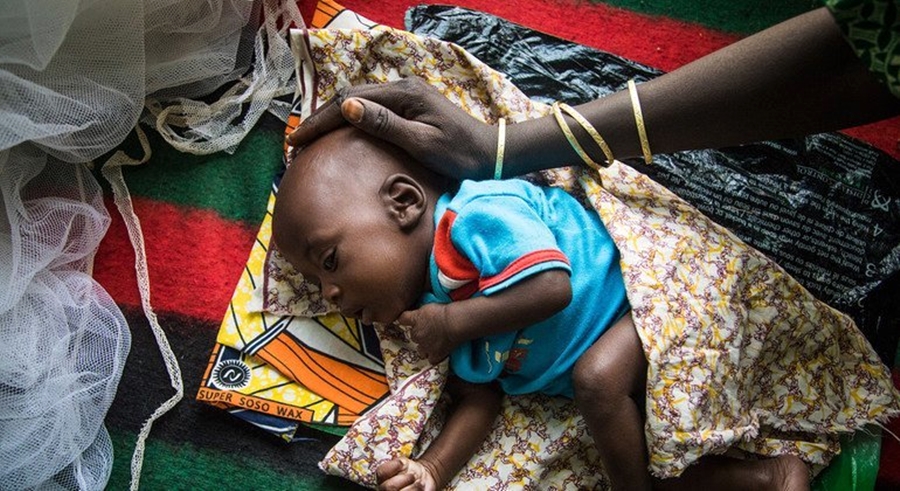
Source: UNICEF
A mother caresses the head of her sleeping malnourished baby, at a mother and child center in the town of Diffa, Niger.
More than 23 million people are currently facing extreme hunger in parts of Ethiopia, Kenya, and Somalia, according to the UN World Food Programme (WFP).
The WFP has announced in a statement in Nairobi, Kenya, in May 2023 that the worst drought in 40 years, followed by flooding, high food and energy prices, and the aftermath of the conflict in Sudan are sweeping the region.
The crisis has been devastating for children.
More than seven million children under the age of five are malnourished and in need of urgent nutrition aid, and over 1.9 million boys and girls are at risk of dying from severe malnutrition.
Vulnerable communities have lost cattle, crops, and entire livelihoods over the past three years of failed rains. Communities have been forced to take extreme measures to survive, with millions of children and families leaving their homes out of pure desperation in search of food and water.
In addition, the recent conflict in Sudan is expected to exacerbate food shortages in the region, with more than 250,000 refugees crossing into neighboring countries such as Ethiopia and South Sudan, which are already facing hunger.
The United Nations Children’s Fund (UNICEF) warns the world that if we are distracted by the war in Ukraine and fail to act, the number of children deaths in the Horan of Africa will explode.
―
The chain effects of starvation
―
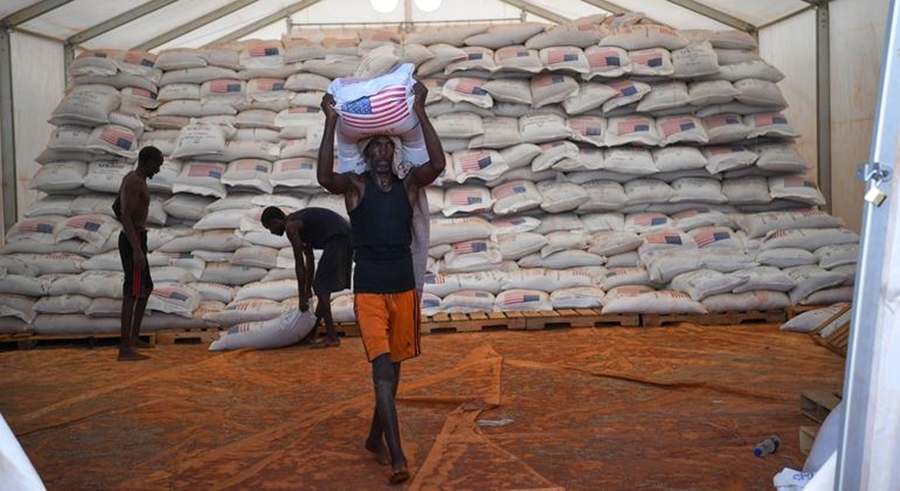
Source: UN World Food Programme
UN WFP is distributing food in parts of Ethiopia and Somalia
On top of nutrition needs, extreme weather, insecurity, and deficiencies are having devastating consequences for women and children, exacerbating the risk of gender-based violence (GBV), sexual exploitation, and abuse.
Cholera, measles, malaria, and other diseases are ongoing across the region, and the health situation is further exacerbated by extreme weather conditions and weak healthcare systems.
Food prices remain high in local markets, burdening children, and families. The climate crisis is compounding the severity of the situation, worsening mass displacement.
―
Somalia is in the midst of a civil war
―
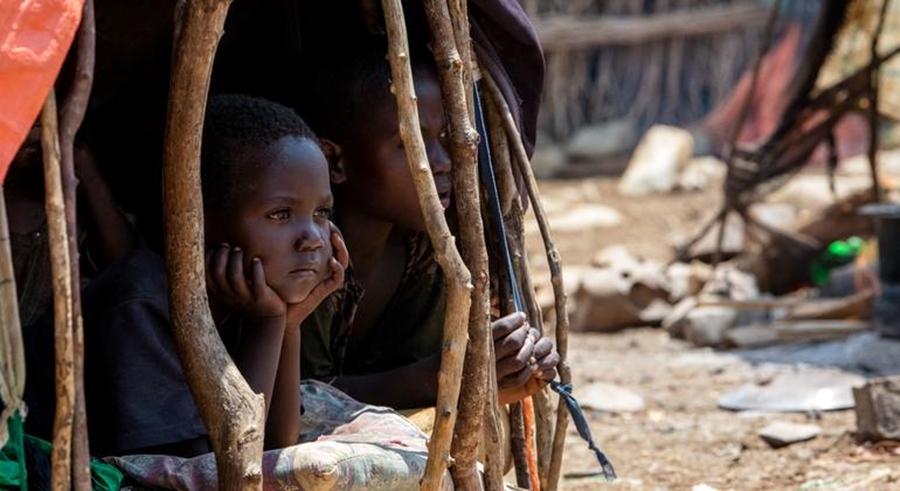
Source: United Nations
There are approximately 30,000 internally displaced people in Somalia.
The situation is particularly dire in Somaila.
In 2022, at least 43,000 people died in Somalia alone, and about 6.5 million Somalians are expected to face severe food insecurity.
On top of that, Somalia in the midst of a war.
The ongoing civil war has driven hundreds of thousands of Somalis across the border into the Somali region of Ethiopia, many of whom are women, children, and other vulnerable populations.
Many of them are pastoralists who were already suffering from the prolonged drought. They rely heavily on livestock as their main source of livelihood, and the drought has exacerbated their food insecurity.
Source : www.ngonews.kr
―
Call for solidarity and responsibility
―
People in the Horn of Africa are paying an unfair price for a climate crisis they did nothing to cause.
Although recent rains have brought some relief, vulnerable communities are still facing another year of immense hardship. It’s time to take the responsibility for what we caused and form solidarity to end the suffering in the Horn of Africa.
“We owe them solidarity. We owe them assistance. And we owe them a measure of hope for the future. This means immediate action to secure their survival. And it means sustained action to help communities across the Horn adapt and build resilience to climate change.”
- António Guterres, Secretary-General of the United Nations-
Learn more: |
Written by Sharon Choi
Director of Planning
Sunhak Peace Prize Secretariat
Translated by Hyang Oh

